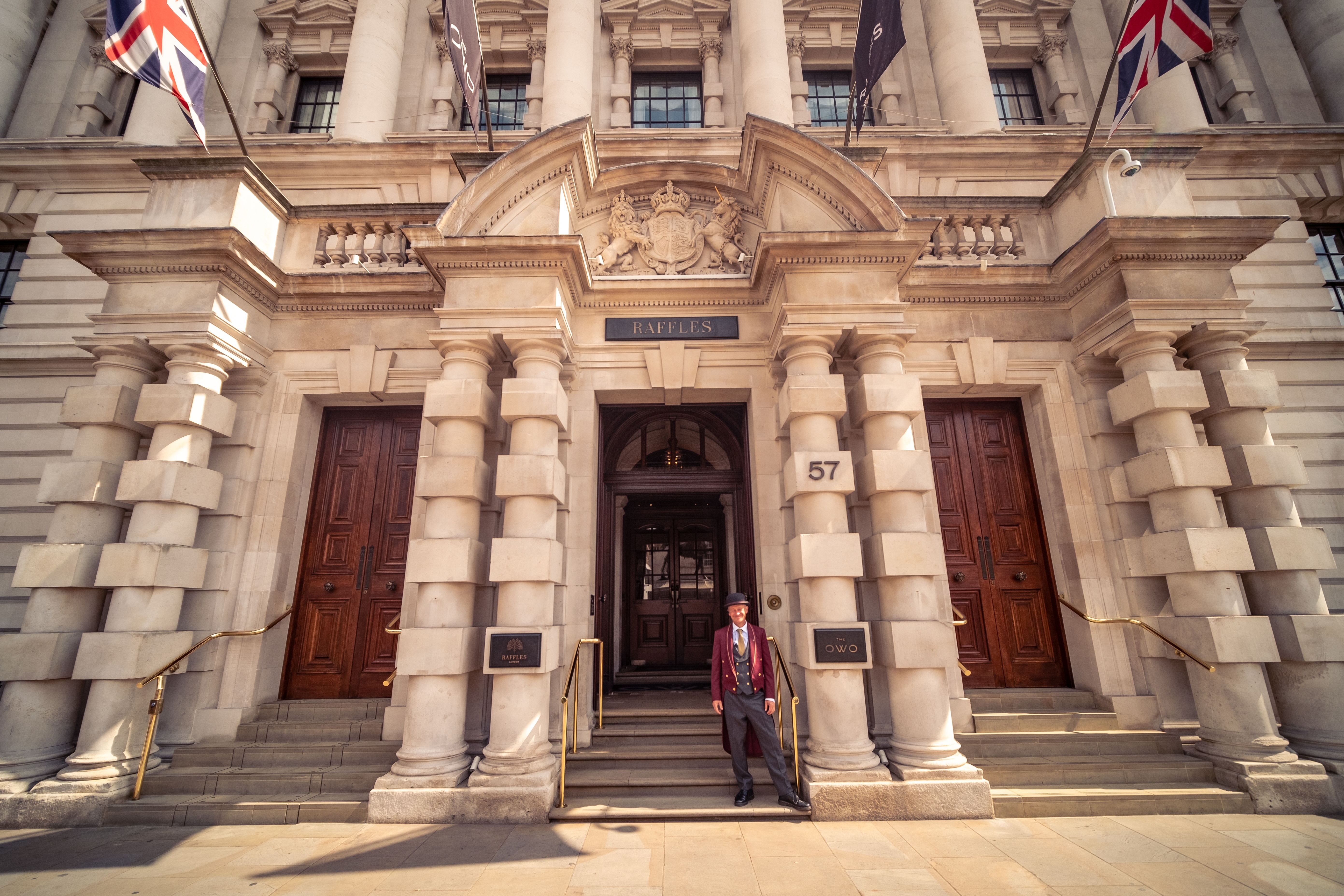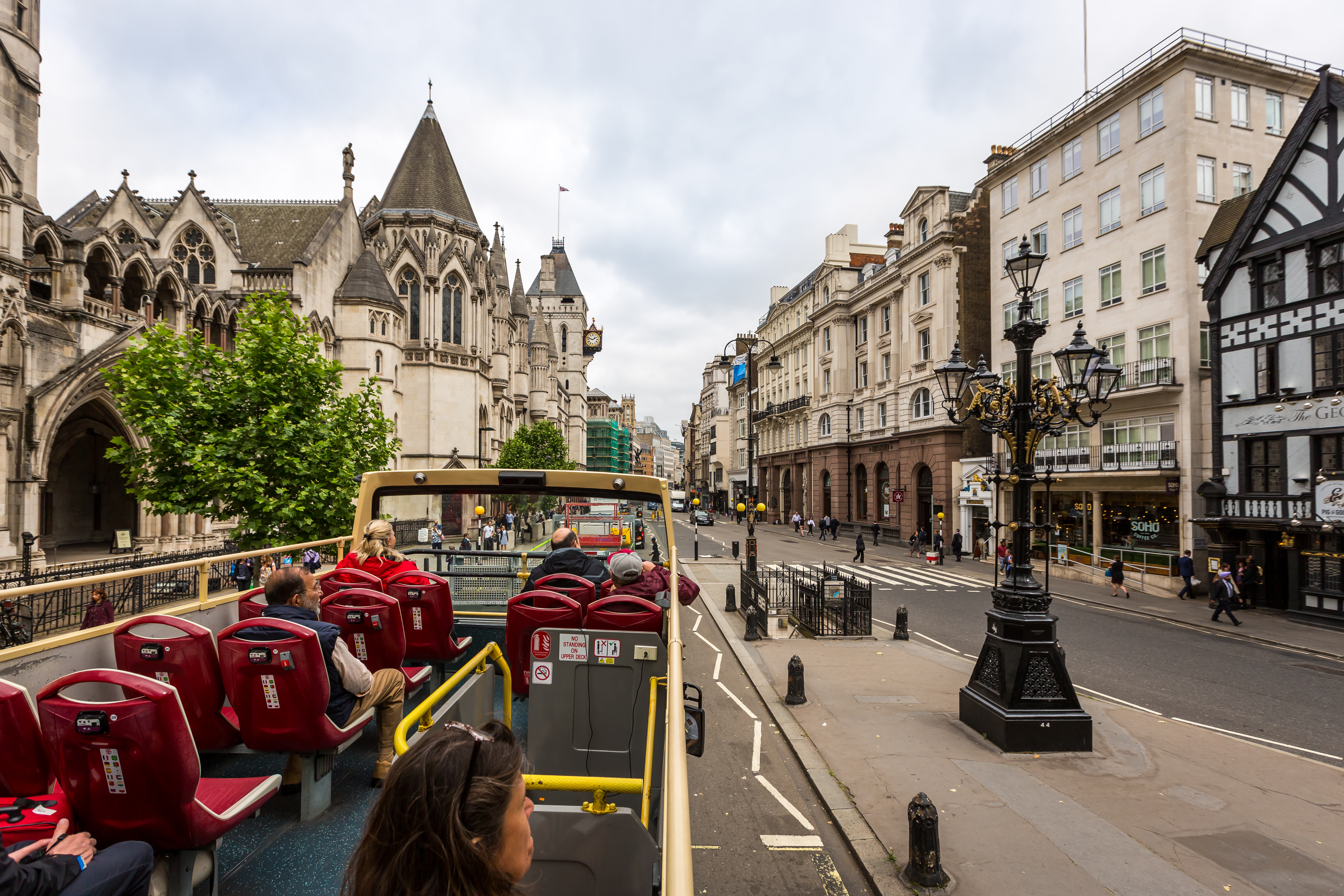The Best Places to Live Outside London
Beyond the metropolitan bustle of London lie many serene towns, villages, and hamlets, all rich in local lore with a strong sense of community. As such, escaping to the English countryside has been a steadfast trend for the past decade – the London exodus toll in 2024 is almost 100,000.

From bosky vineyards to honey-hued cottages, mediaeval cathedrals, and charming markets, there’s an undeniably captivating allure to London’s bucolic neighbours. Read on to discover the best places to live outside of London.
Reading, Berkshire
A mere 30 minutes from London, people opt for Reading to reap the fruits of London’s buzz while seeking respite in the Berkshire town’s florid beauty. It emerged as the most popular town to move to outside London, as per the analytical insights of Compare My Move, a platform to make relocating within the country easy.
The town has flourished throughout the centuries, since its advent during the Roman occupation of the region. Having enraptured many conquerors with its natural resources and strategic location, it has witnessed countless ancient and mediaeval battles. By the 1500s, Reading was the tenth largest town in England, by size and amount of taxable wealth. By the early modern period, Reading’s affluence was emboldened by the iron, brewing, and manufacturing industries.
Today, Reading is one of England’s biggest towns without city status. It’s a thriving IT and finance hub with a high-end retail market. It is also a notable agricultural centre and a reputed university town.
Also Read: The Best Places to Live in Manchester
Sevenoaks, Kent
Sevenoaks is a charming market town in the heart of south-east England. The quietude and historically resonant architecture have rendered Sevenoaks a beloved country haven.
Besides Roman remains, little is known about Sevenaoks’ ancient history. It was a buzzy market town in the Middle Ages, with plenty of cattle, two hospitals, and impressive cottages. One of Sevenoaks’ most notable historic sites is the Knole House, built on Knole Park by Thomas Bourchier, Archbishop of Canterbury, in 1456. The impressive country house is outfitted with 365 bejewelled rooms, 52 grand staircases, galleries, parks, and seven courtyards.
At present, Sevenoaks is revered for its period homes, historical mansions, castles, and ornate gardens. The small town also hosts three remarkable educational institutions, an ethereal church, and a weekly Saturday market.
Also Read: Best Places to Live in Kent
Woking, Surrey
Woking is a town tucked away in the northwest of Surrey, known for its vibrant commercial culture and picture-perfect homes.
Pulsing with life since the Palaeolithic times, Woking has borne witness to countless seismic shifts over the centuries. In the 8th century, it was a significant administrative wing of Surrey, with a minster of its own. The Woking we know today began as a lively settlement around the minster, which would evolve into St. Peter’s Church. Between the 17th and 20th centuries, with transport networks and sales of land, Woking rose to become a worthy commercial haven.
Today, Woking is known for its fabulous period architecture, dynamic town centre, and breathtaking views of Surrey’s verdurous countryside.
Also Read: Top Places to Live in Surrey
Brighton, Sussex
Brighton, a slice of seaside paradise, is situated in the county of East Sussex. The town’s coastal serenity and affable community have rendered it a deeply cherished holiday spot for Englanders.
Dotted with villas dating to the Roman period, Brighton rose to become a key town in the Middle Ages as a port point for boats to and from France. In spite of being vulnerable to attacks and war, Brighton rose above the tumult and continued to evolve. In the 19th century, Georgian houses as well as the Royal Pavilion were built, enhancing the town’s beauty and transforming it into a seaside resort. Besides becoming a popular day-out spot for Londoners, there was a steep population boom – the populace grew from 7,339 in 1801 to 46,661 in 1841. In 1901, the population had crossed 120,000.
Brighton is known for its merry beaches, offbeat vintage stores, and progressive values. Silk-stocking residents can opt for period mansions by the sea, of which Brighton has many.
Also Read: Top Areas to Live in Bristol
Henley-On-Thames, Oxfordshire
As the name suggests, Henley-on-Thames is a small harbourside town perched on the banks of the River Thames, deep in the county of Oxfordshire.
The town’s beginnings date back to the 12th century, when Henry II “had bought land for the making of buildings.” Throughout the next two centuries, Henley-on-Thames grew steadily, with a church, a defined street layout, a market, a tavern, and some manors.
As a region created and nurtured by the royals, Henley-on-Thames indeed evolved into a handsome town, meticulously crafted down to the minutest of details. With its stellar woodland beauty and architectural finesse, Henley-on-Thames has consistently remained one of the most upmarket postcodes in the country– as of 2018, the town was the second most expensive market town to buy a home in England. With scores of independent stores, high-end charity shops, and upscale eateries to boot, Henley-on-Thames is certainly a sophisticated pick in the English countryside.
Also Read: Birmingham's Best Areas to Live
Hitchin, Hertfordshire
Poised in the valley of the River Hiz, Hitchin is an ancient market town in Hertfordshire dating to the 7th century.
The town’s history runs deep. It was home to the Hicce peoples, an Anglo-Saxon tribe, of which precious little is known. The town grew around St. Mary’s Church, on the western bank of the River Hiz. It has always been a place of religious significance, besides being a vital economic hub, having continually served as a market town for five centuries.
Having prospered due to the wool trade, the church and the village at large grew substantially. Enveloped by arable fields and built with cobbled streets, Hitchin gained notoriety for its raw beauty in the mediaeval period, leading to the establishment of many lavish residences. It also rose in significance, owing to its convenient location between London and Cambridge.
At present, Hitchin is known for preserving the archaic charm of the mediaeval English countryside, with glorious cottages and bountiful woodlands. There are also several schools of note, as well as low crime rates. As such, Hitchin is one of Hertfordshire’s poshest towns.
Also Read: Places to Live in Hertfordshire
Beaconsfield, Buckinghamshire
Beaconsfield, a market town residing in the heart of Buckinghamshire, is one of the most expensive places to live in the United Kingdom. An average house in this town will set individuals back around £1.3 million. Unsurprisingly, it once held the title of “Britain’s richest town.”
Situated by the picturesque Chiltern Hills, there's documented evidence of the pastoral town dating to the 11th century. A crucial market town, it has been the site of the annual charter fair, a street fair established by the Royal Charter, since the 1200s.
The town grew in significance and wealth as it was the home constituency of Benjamin Disraeli, Prime Minister of the United Kingdom in 1868. He was eventually crowned the first Earl of Beaconsfield by Queen Victoria, with whom he shared a close personal bond. Thus, the town was on the radar of keen aristocrats and started blossoming with manors, townhouses, and mansions.
Today, Beaconsfield is packed to capacity with incredible Victorian, Georgian, neo-Georgian, and Tudor architectural marvels. Divided into “old” and “new” towns, Beaconsfield also hosts upmarket boutiques, snazzy bars, and quaint dining haunts. Steeped in old money allure, Beaconsfield is a wondrous haven for the crème-de-la-creme of society.
Also Read: Good Places to Live in Essex
Epping, Essex
Straddled between the River Roding and the River Lea, Epping is a market town in the Epping Forest District of Essex.
Epping's roots can be traced back to “Epinga,” a cluster of farmlands and a chapel – this region is now known as Epping Upland. Soon, the region around the Upland was cleared for human settlement, leading to the formation of present-day Epping, which gained market status from King Henry III in the 1200s. This led to Epping becoming a significant trade centre in the region.
In the 19th century, more modernised streets, such as the High Street and Hemnall Street, cemented Epping as a flourishing market town. At this juncture, Epping was also a pivotal centre for the stagecoach network, sprouting scores of coaching inns – about 25 stagecoaches and mail coaches passed through every day, connecting London to Norwich, Cambridge, and Bury St. Edmunds.
Fringed by the luscious Epping Forest, the town is mainly filled with listed buildings, period cottages, and Victorian and Edwardian mansions, all created by wealthy tradesmen and aristocrats of the time. Dulcet melodies of the woodlands fill the air of this town, making it a lovely home for nature-loving families. However, the rustic majesty comes at a rather steep price, with Epping being the ninth most expensive place to live outside London, as per data by PlumbNation.
London’s outskirts and the countryside beyond are brimful with wonder. Characterised by equanimity, beauty, history, and community, there’s immense promise for a grand homestead in England’s suburbs and hinterlands. Pursue a life of calm decadence, and find your new home outside London.



